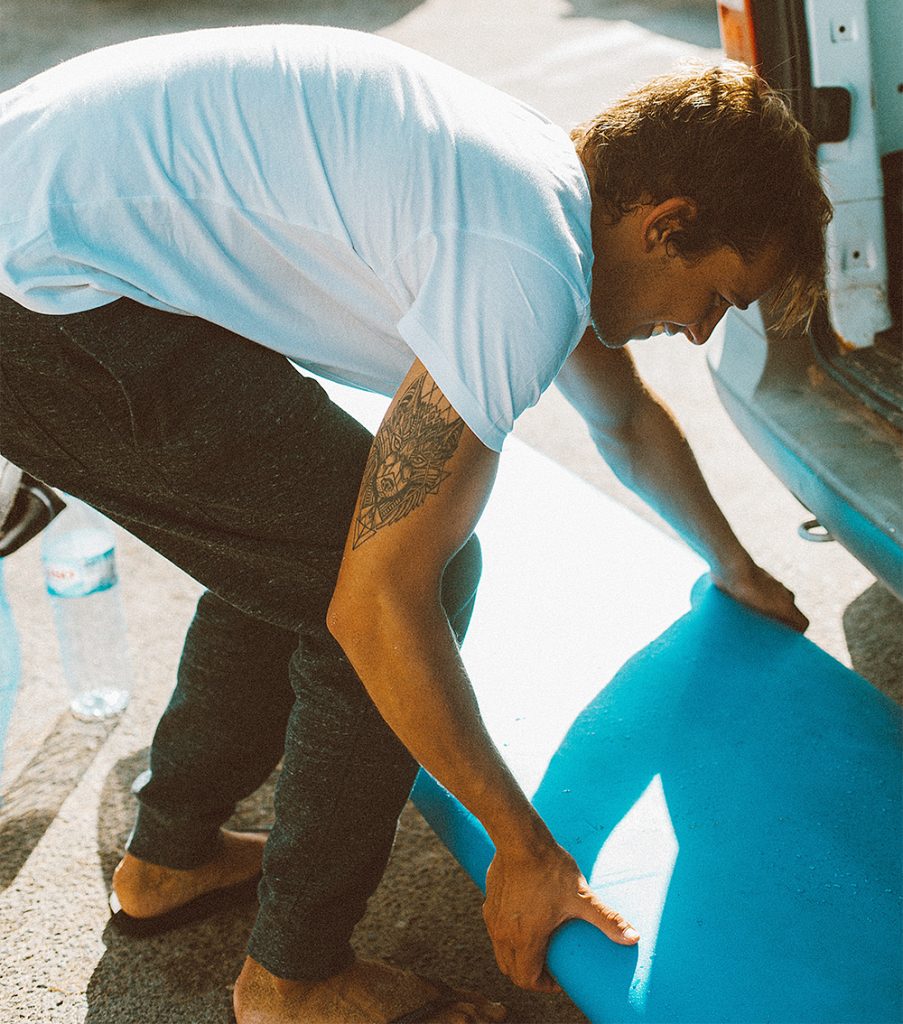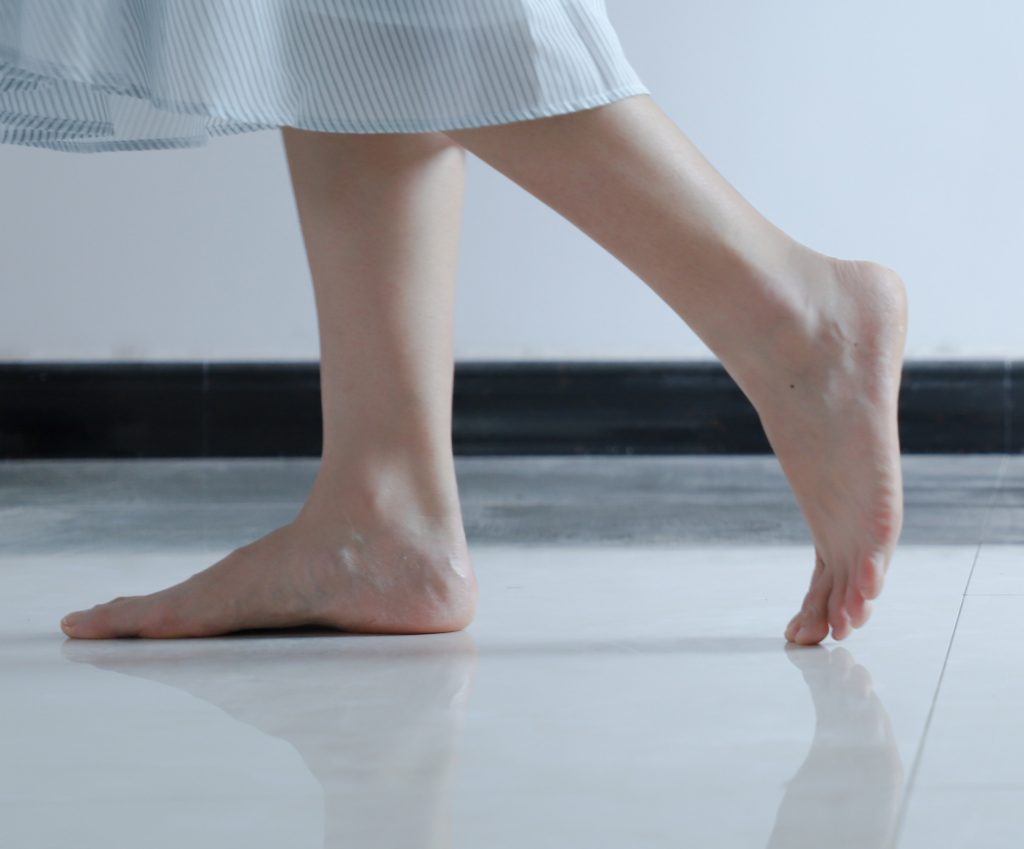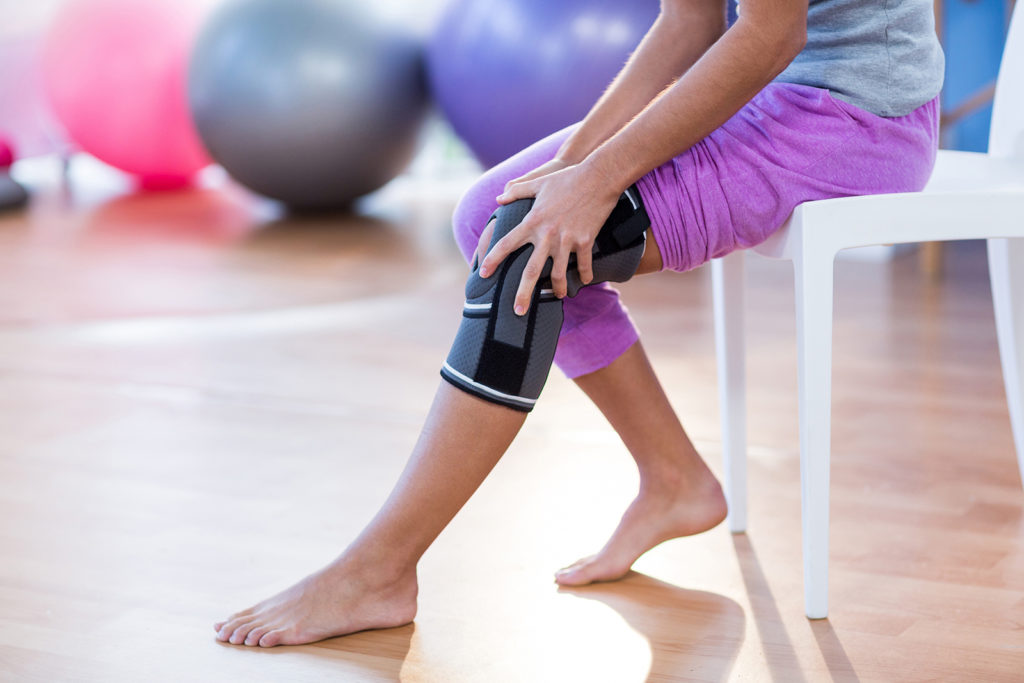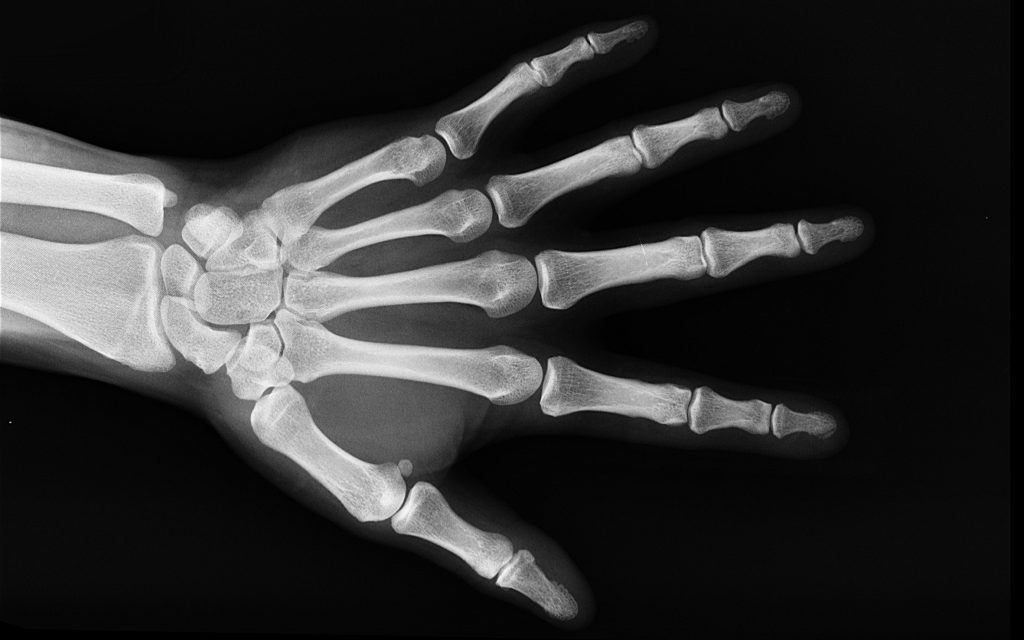This article aims to answer these questions:
1. What is the best way to manage lower back pain?
2. Do your ‘biomechanics’ play a role in your back pain?
3. Where does ‘therapy’ fit in?
Managing lower back pain can be complex. This article will discuss lower back pain relating to the musculoskeletal system. That is, I’ll discuss lower back pain that is coming from joints, muscles, discs or nerves. Despite the complexity of the condition, it’s important that people find simple rules to follow to help their lower back.
About the structures that can be the source of pain:
Interestingly, identifying the exact structure that is the source of the pain is not always necessary to help someone recover from lower back pain. Regardless, it is important to know that some injuries take longer to heal than others. Knowing this helps you understand how much time is required to recover from your injury. Here’s a list of specific structures that may cause lower back pain:
– joints (sprains or arthritis)
– discs (bulges, protrusions, annular tears)
– muscles (spasms, strains)
– nerves (can also cause leg pain)
– bones (stress fractures, fractures).
How adopting a protected movement and biomechanical approach can help:
Protected Movement
After a lower back injury, it’s important to keep moving as best as you can. Movement is a part of healing. We know that complete bed rest is not the best medicine for lower back pain. Because we want you to keep moving, but we don’t want you to aggravate your condition we ask people to IDENTIFY the actions or movements that tend to aggravate your back and RESPECT these movements. Some tasks you should simply avoid, some you should do with care, some you may be able to continue if you change your technique. The goal of rehabilitation is to regain the ability to do the tasks you haven’t been able to do, safely. We find that people who know that they need to move as part of the healing process demonstrate less avoidance of movements due to fear, and this is generally better for them. The first step in our 7 step solution for lower back pain is ‘Identify and Respect’. Your therapist can help in this phase by educating you about how long to expect for healing time and to brainstorm everyday actions and jobs that could be delaying the healing process.

Biomechanics and Tissue Reloading
It’s often more important to know how to get rid of the pain, rather than knowing exactly the structure that is giving you the pain. For example, a joint in your lower back might be the source of your pain, but it is the lack of mobility in your hip that is causing the overload of that joint. It makes much more sense to stretch and regain mobility in the hip joint, rather than take anti-inflammatories for the aggravated joint. It’s a better solution.
Once the injury is understood and fear of movement is correctly calibrated, it is best to work along two main pathways 1) improve the biomechanics so that the painful structure is less likely to be overloaded and 2) improve the load tolerance of the injured tissue.
When thinking about improving the body’s biomechanics to help the lumbar spine (lower back), I break it up into different components. Each component has a different importance for each body. For example, people with very flexible hips won’t need to improve their hip mobility.
Below is our 7-Step pathway, or Algorithm, that guides you and your practitioner to decide upon and target specific biomechanical improvements, expose the healing area to a helpful amount of load and allow you to learn how to move better, in a safe way.

Where does my therapist fit in?
Firstly, do some backs just get better on their own? Yes. Some do. Many get better with active rest and time. And if that is you, that is great! You’ve figured this out intuitively.
If you are still struggling with back pain, or you don’t feel you’ve reached your full level of function, then being assessed by one of our therapists could be very worthwhile.
How many sessions will I need?
Your therapist helps you identify the areas you need to work on. Some people need only 2 or 3 sessions, some people need 20 (rarely). If you can really focus on the areas that are most important to you, you can improve towards your optimal outcome, quicker. Your therapist will help you identify what you need to work on and what you need to be mindful of, and what you need to be less fearful of. Once specific improvements have been made, we believe there is a reduction is recurrent lower back pain episodes.

Remember, physiotherapy and exercise physiology are professions, not specific treatments. For some people, solutions are easier than others. I like to compare physiotherapy to accountants. A good accountant won’t pay your tax for you, but they’ll help you understand the tax system and move you towards the best result for you. Much the same, a physiotherapist can’t do your exercises for you, but they can help you to make sense of the medical jargon and allow you to trust in your body again.
To book online, simply click here. We are confident we can help you.
Book Your Gap-free Consult Online
Written by: Simon Ruse – Sports Titled Physiotherapist.







About The Author: Simon Ruse
More posts by Simon Ruse